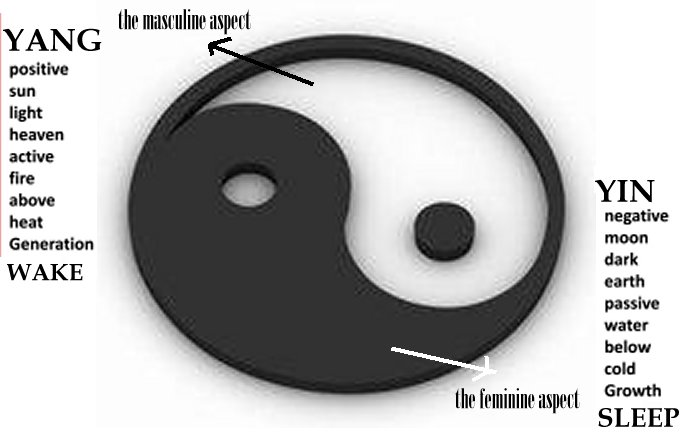

Refers to Qiongda yi shi and Tang Yu zhi dao. Goldin Decem(updated regularly) This bibliography contains approximately 675 items. This beginning was in a state called Wu Chi, which literally means “absence of differentiation” no poles. Ancient Chinese Manuscripts: Bibliography of Materials in Western Languages Paul R. The theory of Yin and Yang is very ancient in Chinese philosophy and is the basis of the operation and equilibrium in the universe. In fact these are complementary to each other. The principle of Yang would not give sense without that the Yin. In addition, the Yang symbolizes male and refers to the vital positive vital aspects in general. At a symbolic level, the Yang represents the day, the activity and extraversion. The Yang corresponds to the white part of the Taiji with a small black dot inside. According to the Chinese medicine total dominance of one over the other without the continual fluctuation between the two, is due to disease. Dark and negative part of human being cannot be denied or disregarded as well as white and positive aspects. With regard to the Yin, It would be impossible to define the night if we had not in our mind the concept of the day.

Nothing is completely White or black, but at the level of categorization the facts which the world must keep in mind is that everything is a complementary to its opposite.

Yin is not fully represented in black, but with a white dot. Yin-Yang beliefs used for healthcare in traditional Chinese medicine determine the nature of illnesses, balance the hot-cold temperature of the body, and correct imbalances that cause disease. All introversion in general is related to passivity and death. In addition, the Yin refers to feminine aspects the personality of individuals and the universe. According to ancient Chinese philosophical views, the Yin is tied to the idea of night, darkness and the moon. At a symbolic level, the Yin represents dark and less active part of life. The Yin corresponds to the black part of the Taiji with a small white dot inside.


 0 kommentar(er)
0 kommentar(er)
